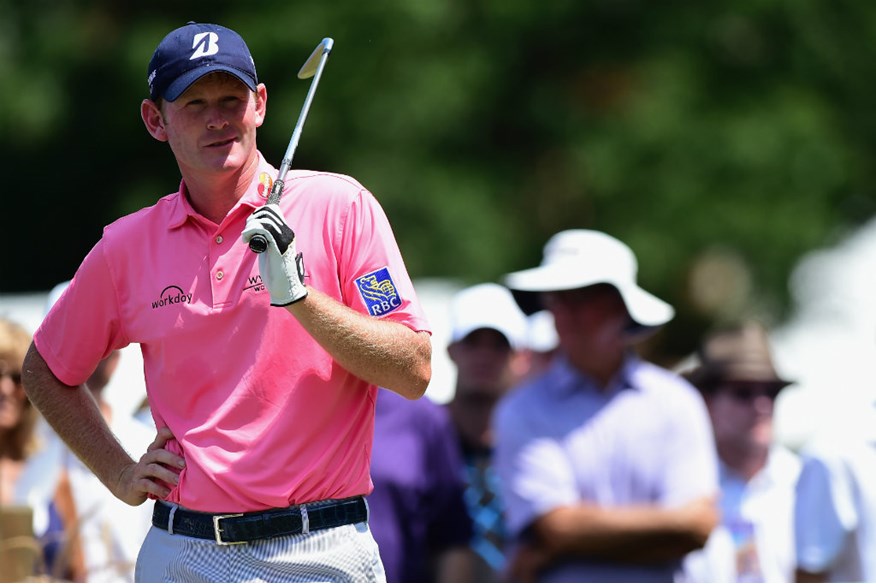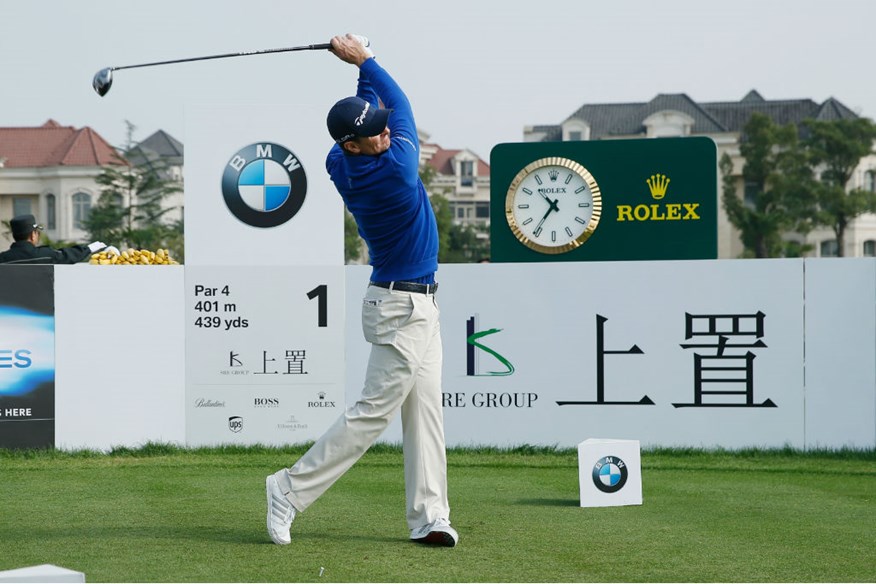Justin Rose says slow play is not the players’ fault
Published:
Everybody knows that slow play is a problem in professional golf. The sport cannot be expected to attract and retain its largest possible audience when it takes five and a half hours or six hours to watch a two-ball play 18 holes.
But not everybody agrees on the root of the problem.
Many feel that the players are to blame, a belief consolidated by the fact that the world’s two top ranked golfers – Jason Day and Jordan Spieth – are what we might generously describe as “methodical” in their approach.
But others don’t feel that the players should shoulder all of the blame. World number 10 Justin Rose, for example, believes the problem is the total number of players, not the speed of individuals.
“If you try and drive home in no time at all during rush hour, you’re obviously not going to be able to do it,” says the 35-year-old. “With 156 guys on the golf course, you’re going to run into slow play, not because we’re playing slowly but because of the traffic on the golf course.”
Anyone who’s ever played on a packed course will know that the busier it is, the longer the round will take, but Rose’s argument would lead you to believe that weekend rounds, after the field has been cut in half, would be much quicker, which doesn’t tend to be the case.
Rose also blames the distractions caused by allowing spectators to be closer than ever to the action.
“Over the years, the PGA Tour literally and metaphorically has brought the ropes in tighter and tighter upon us. They’re trying to give fans and sponsors more and more access and a greater experience, so with that comes more distractions too.”
Rose argues that, even if the players were to make a concerted effort to speed up, the difference would be minimal.
“And really is that worth the whole hassle of what it would entail?” says Rose, who won the U.S. Open in 2013. “Do we need to monitor and do we need to keep on top of guys? Absolutely, but I think the real solution is the traffic on the golf course.
“On the right kind of golf course, like Colonial, guys are whipping it around in three hours and 20 minutes, even less than that, and that’s with guys grinding (taking time) on three or four-foot putts.”
Brandt Snedeker feels that the current policy of fining persistent offenders does little to solve the slow play problem.

“The way our policy is set up, there is no real penalty for playing slow,” says the 35-year-old. “You might get fined a little bit of money, but guys put aside that money at the beginning of the year knowing it’s going to happen and they go ahead and do it.
“That’s a flawed policy if guys are okay with that. We need to have a policy where if you break a rule there is a penalty attached to it. Our policy should be a stroke penalty. If you have two bad times in a round, then you get the shot penalty.”
14-year-old Guan Tianlang received a one-shot penalty for slow play in the 2013 Masters. It’s been 21 years since a player received such a penalty during a PGA Tour event.
Rose agrees that penalty shots are the only thing that would make players speed up.
“I think docking shots is the way that guys will get the most afraid,” he says.
The problem with issuing immediate shot penalties for slow play is that one player in the group could be at fault but see others fall behind and be penalised unfairly. One proposed alternative is an end-of-season review that sees your average pace analysed, with penalties imposed retrospectively.
“I’m not sure that an end-of-season fine is the fairest rule but, at the same time, you would be very unlucky to be timed 10 times by being in bad groups if you’re not the slow player,” says Rose.


